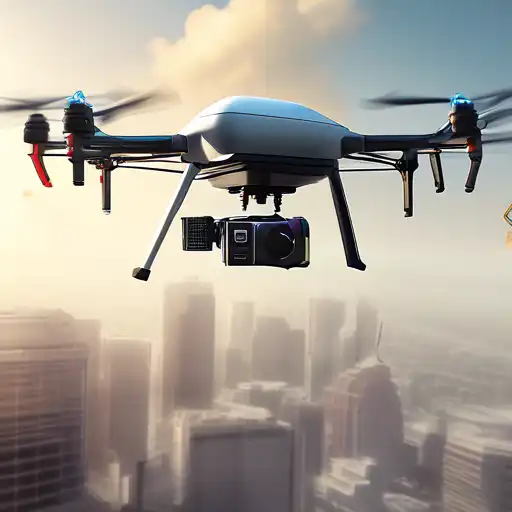Introduction to Commercial Drones
Commercial drones, also known as unmanned aerial vehicles (UAVs), have revolutionized various industries by offering innovative solutions to traditional challenges. From agriculture to real estate, the applications are vast and growing. This article delves into the opportunities presented by commercial drones and the regulatory framework governing their use.
Opportunities Unleashed by Commercial Drones
The advent of commercial drones has opened up a plethora of opportunities across multiple sectors. Here are some of the key areas where drones are making a significant impact:
- Agriculture: Drones are used for crop monitoring, spraying, and surveying, leading to increased efficiency and reduced costs.
- Construction: They provide aerial views for site planning, progress tracking, and inspections, enhancing safety and productivity.
- Real Estate: Drones offer stunning aerial photography and virtual tours, giving properties a competitive edge in the market.
- Delivery Services: Companies are experimenting with drone deliveries to reduce delivery times and costs, especially in remote areas.
Navigating the Regulatory Landscape
While the opportunities are immense, the use of commercial drones is subject to strict regulations to ensure safety and privacy. Key regulatory considerations include:
- Registration: In many countries, drones must be registered with the aviation authority.
- No-Fly Zones: Certain areas, such as near airports or government buildings, are off-limits to drones.
- Privacy Laws: Operators must respect individuals' privacy and avoid unauthorized surveillance.
- Insurance: Commercial drone operators are often required to have liability insurance.
Future Prospects
The future of commercial drones looks promising, with advancements in technology and gradual easing of regulations. Innovations like beyond visual line of sight (BVLOS) operations and drone traffic management systems are expected to unlock new possibilities. However, balancing innovation with safety and privacy remains a critical challenge.
Conclusion
Commercial drones present a transformative potential for businesses and industries worldwide. By understanding the opportunities and adhering to regulations, companies can leverage drone technology to gain a competitive advantage. As the regulatory framework evolves, the sky is literally the limit for what commercial drones can achieve.
